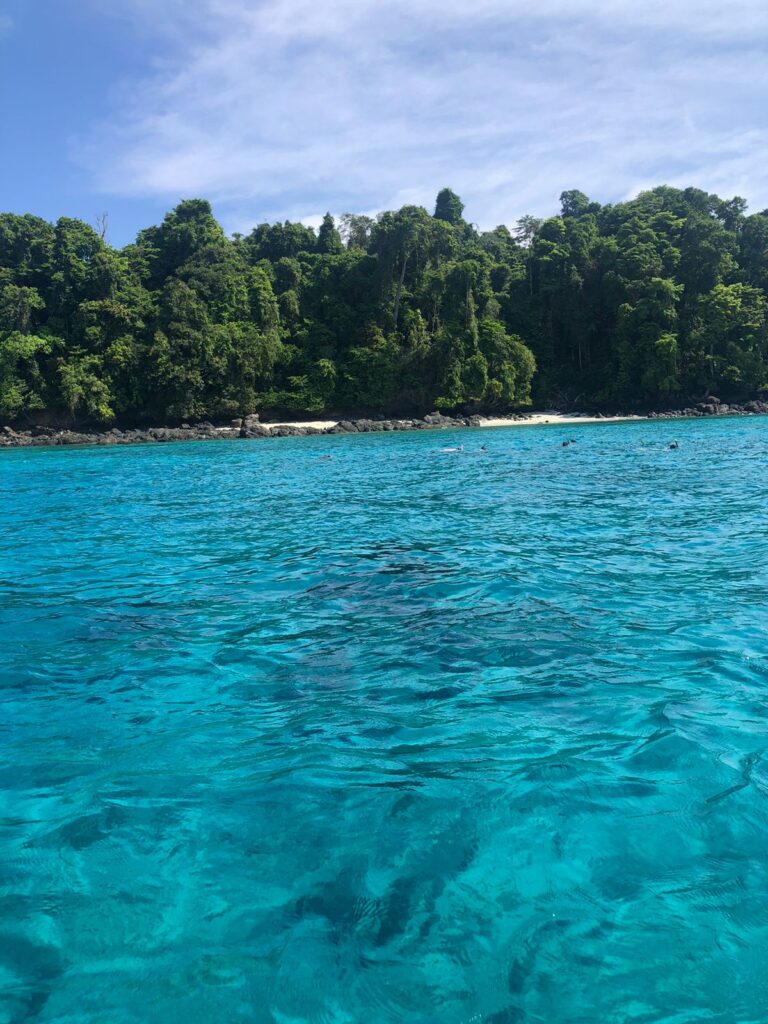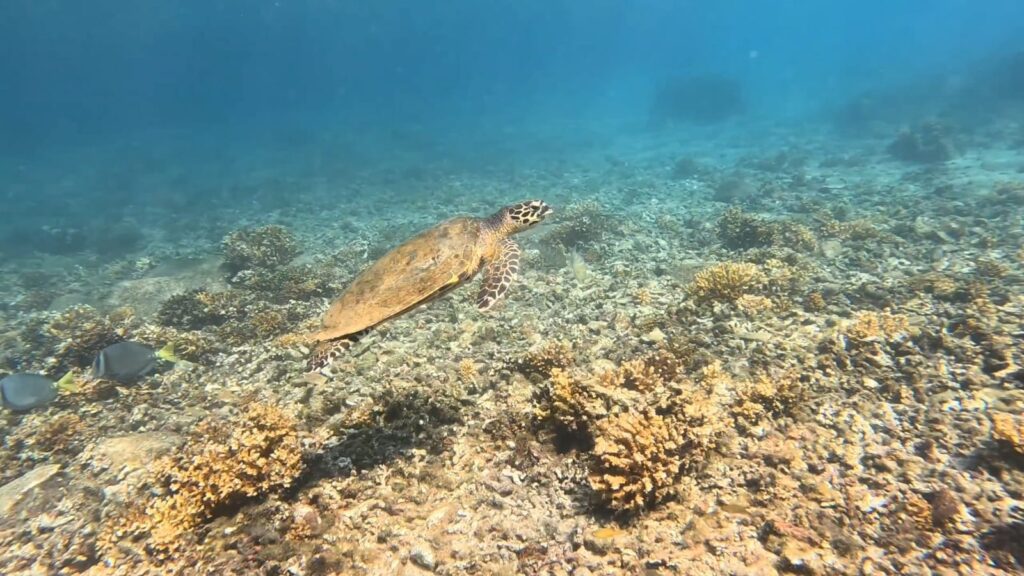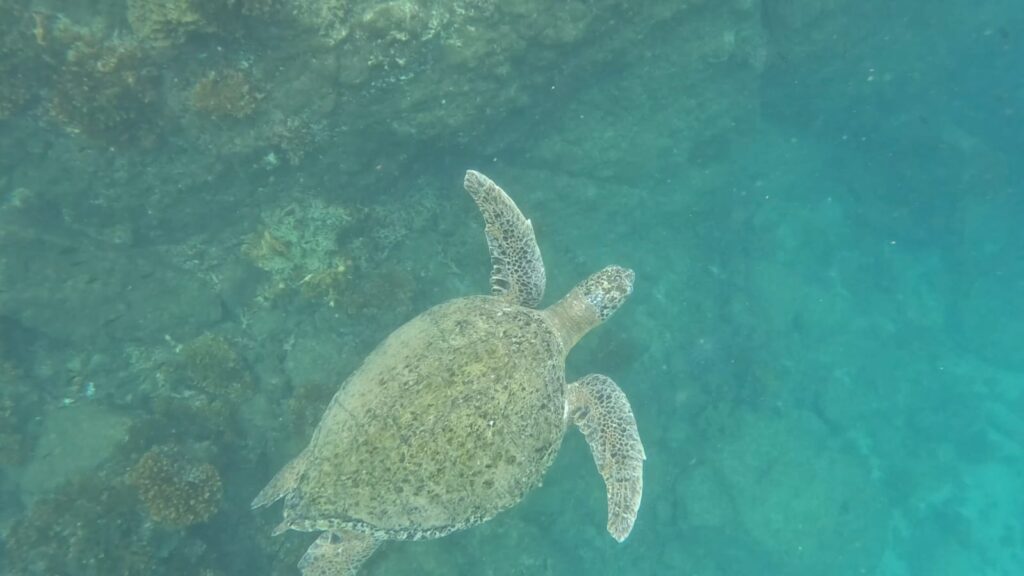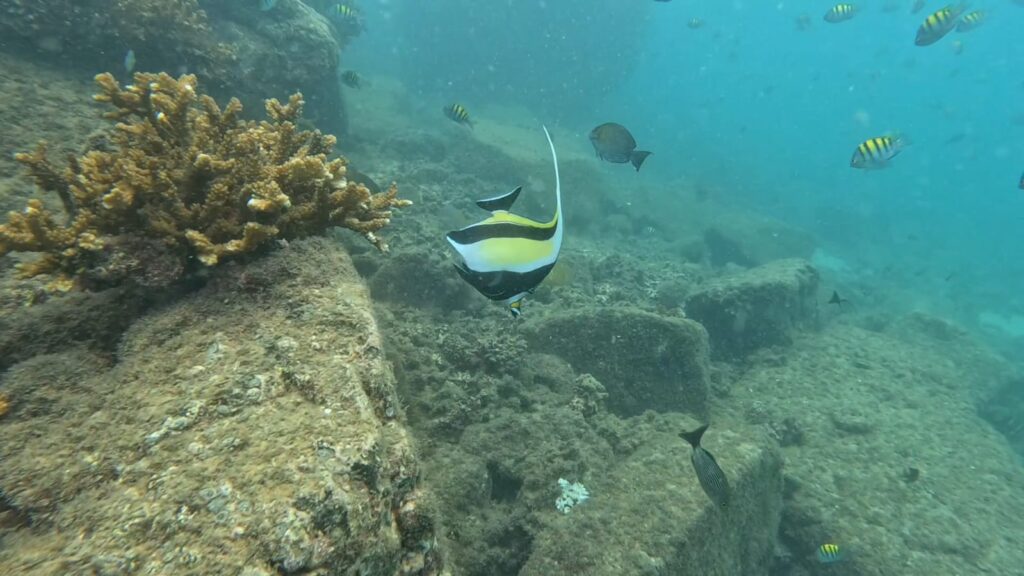Coiba Island is one of Panama’s most breathtaking natural treasures. Part of the Coiba National Park and a UNESCO World Heritage Site, this untouched island is renowned for its rich biodiversity, pristine beaches, and world-class snorkeling and diving. If you’re looking for a unique destination that combines adventure, wildlife, and tropical beauty, Coiba Island should be at the top of your list.
In this guide, we’ll cover everything you need to know about visiting Coiba Island — from when to go, what to do, and why it’s considered the “Galápagos of Central America.”
Where is Coiba Island?
Coiba Island is located off the Pacific coast of Panama, about 25 kilometers (15 miles) from the mainland. The closest jumping-off point is the laid-back surf town of Santa Catalina, where boats depart daily for tours to the island.
The island itself is the largest in Central America’s Pacific, covering 503 square kilometers (194 square miles). It’s surrounded by dozens of smaller islets, all part of the marine protected area of Coiba National Park.
BEST TIME TO VISIT COIBA ISLAND.
THE GOOD NEWS? COIBA IS A YEAR-ROUND DESTINATION. BUT DEPENDING ON WHAT YOU WANT TO EXPERIENCE, HERE’S WHAT YOU SHOULD KNOW:
DRY / HIGH SEASON (DECEMBER TO APRIL)
THESE MONTHS BRING SUNNY DAYS, CALM SEAS, AND EXCELLENT UNDERWATER VISIBILITY — IDEAL FOR SNORKELING, DIVING, AND BOAT TOURS. IT’S ALSO THE MOST POPULAR TIME TO VISIT, SO TOURS CAN FILL UP FAST.
GREEN / LOW SEASON (MAY TO NOVEMBER)
RAIN SHOWERS DURING THIS SEASON REFRESH THE ISLAND’S FORESTS AND BRING OUT LUSH VEGETATION. IT’S A QUIETER TIME WITH FEWER VISITORS, AND THE ISLAND FEELS ESPECIALLY WILD AND VIBRANT. THIS IS ALSO THE SEASON WHEN THE LANDSCAPE IS AT ITS GREENEST — PERFECT FOR PHOTOGRAPHERS AND NATURE LOVERS.

Coiba is famous for its spectacular marine life. Snorkelers and divers can expect to see schools of tropical fish, sea turtles, reef sharks, manta rays, and (if you’re lucky) whale sharks and humpback whales. Popular snorkeling spots include Granito de Oro (currently closed), Isla Coco, and Ranchería Island.
Boat Tours and Island Hopping
Explore the smaller islands that surround Coiba. Each offers its own charm, from white-sand beaches to mangrove ecosystems and rocky outcrops home to nesting seabirds.
Wildlife Watching
Coiba’s protected status means wildlife thrives here. Look out for dolphins, whales (especially from July to October), crocodiles in mangrove areas, and endemic species like the Coiba Island howler monkey and scarlet macaws.
Hiking
Although most visitors come for the marine activities, hiking on Coiba is possible. Trails near the ranger stations take you through forests where you can spot monkeys, iguanas, and exotic birds.
Why Coiba is Special
Coiba was once home to a penal colony that kept the island isolated and preserved from development. Today, its forests and reefs remain largely untouched, making it a haven for biodiversity. The waters around Coiba form part of the same marine corridor as the Galápagos, making it one of the most important conservation areas in the eastern tropical Pacific.
How to Visit Coiba Island
Most visitors reach Coiba via guided tours from Santa Catalina. These tours typically include:
Tip: Book your tour in advance, especially during high season. And always choose eco-conscious operators who follow park guidelines and prioritize safety and sustainability.
—— Andres Espinoza



Final Thoughts
Coiba Island offers a rare opportunity to experience nature in its purest form. Whether you come to snorkel vibrant reefs, spot incredible wildlife, or simply relax on an unspoiled beach, Coiba promises an unforgettable adventure.
If you’re planning your visit, check out our Coiba Island Tours — we offer small-group, eco-friendly experiences designed to help you discover the best of this natural paradise.
Need help planning your trip?
Contact us today to book your Coiba adventure!